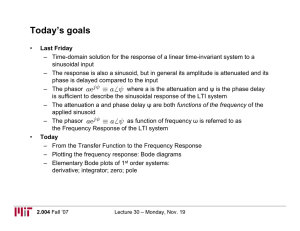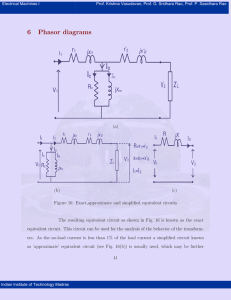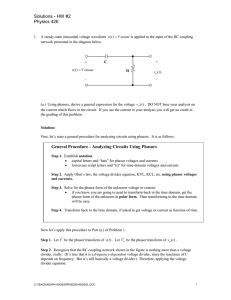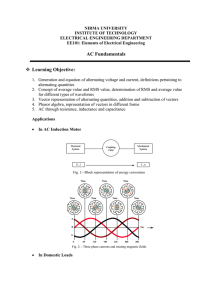A10
advertisement
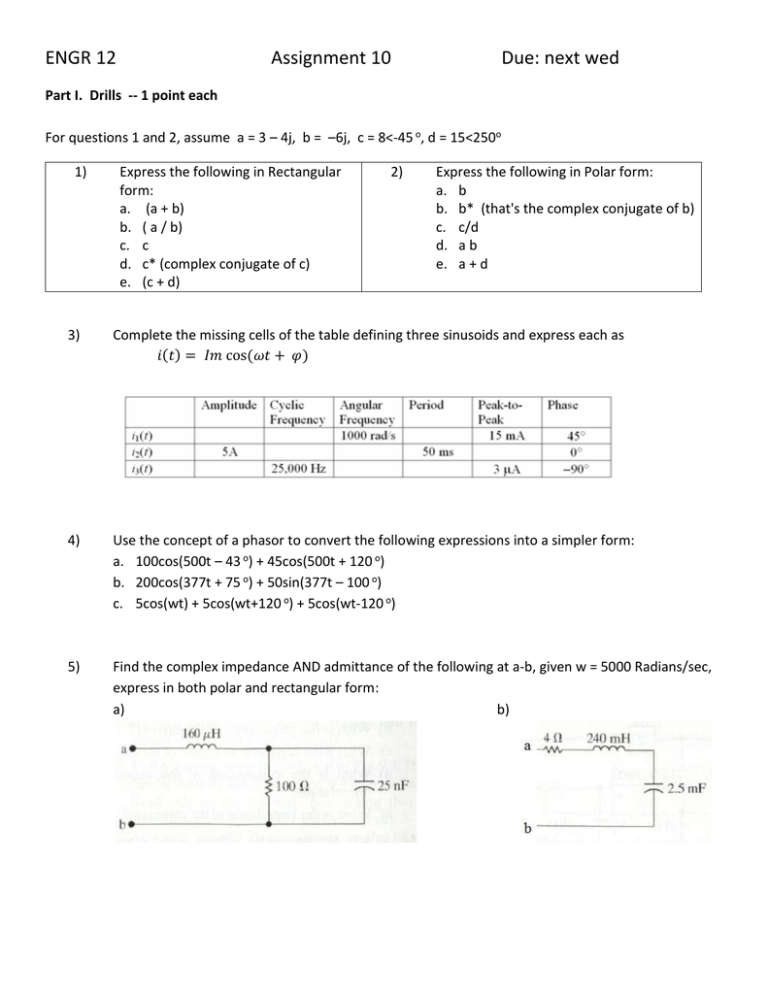
ENGR 12 Assignment 10 Due: next wed Part I. Drills -- 1 point each For questions 1 and 2, assume a = 3 – 4j, b = –6j, c = 8<-45 o, d = 15<250o 1) Express the following in Rectangular form: a. (a + b) b. ( a / b) c. c d. c* (complex conjugate of c) e. (c + d) 2) Express the following in Polar form: a. b b. b* (that's the complex conjugate of b) c. c/d d. a b e. a + d 3) Complete the missing cells of the table defining three sinusoids and express each as 𝑖(𝑡) = 𝐼𝑚 cos(𝜔𝑡 + 𝜑) 4) Use the concept of a phasor to convert the following expressions into a simpler form: a. 100cos(500t – 43 o) + 45cos(500t + 120 o) b. 200cos(377t + 75 o) + 50sin(377t – 100 o) c. 5cos(wt) + 5cos(wt+120 o) + 5cos(wt-120 o) 5) Find the complex impedance AND admittance of the following at a-b, given w = 5000 Radians/sec, express in both polar and rectangular form: a) b) Part II. Assisted Problem Solving – 2 pts Plan 6) Find the the current through the 25nF cap in 5a) 1) Convert the source current into phasor form when a current source of 10cos(5000t + 120o) is 2) Use the current divider formula to find phasor Ic applied at a-b. 3) Convert phasor Ic to time domain Express your answer in both phasor and timedomain form 7) Find the voltage across the 2.5mF cap in 5b) when a voltage source of 50cos(5000t – 90 o) is applied at a-b. PLAN 1) Convert the source voltage into phasor form 2) Use the voltage divider formula to find phasor Vc 3) Convert phasor Vc to time domain Express your answer in both phasor and timedomain form Part III. Unassisted Problem Solving – 3 points 8) What value of w will the impedance at a-b in problem 5b become purely resistive?
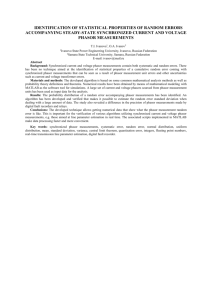

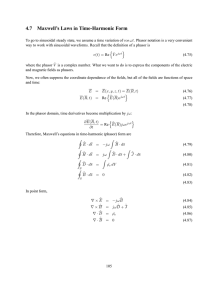
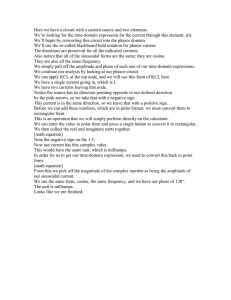
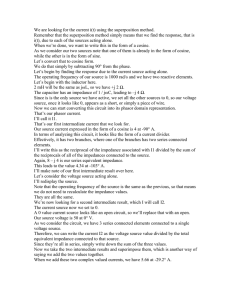
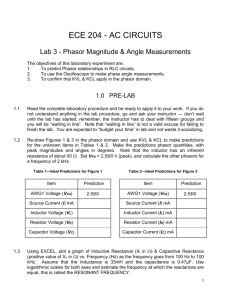
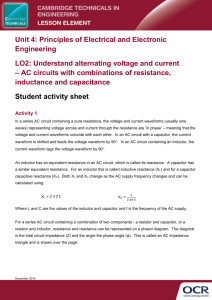
![[ACADEMIC] Mathcad - CP19.xmcd](http://s2.studylib.net/store/data/018312648_1-e7a2b28bf15168fb13c5c68e2ab5cea7-300x300.png)
